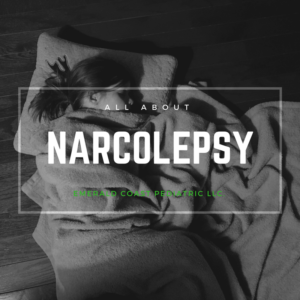 Narcolepsy is a neurological condition in which people have excessive daytime sleepiness.
Narcolepsy is a neurological condition in which people have excessive daytime sleepiness.
According to Dr. Sonia Smith, owner and practitioner at Emerald Coast Pediatric Sleep Consultants, LLC., narcolepsy is characterized by uncontrollable sleep attacks during the day.
Although narcolepsy is relatively uncommon in children – with an estimated 20 to 50 cases per 100,000 children in the Western World— it’s impact on a child’s life can be dramatic.
The condition commonly begins in the teenage years, but has been diagnosed in children as young as five. Children with narcolepsy often have difficulty staying awake in school, which can affect their academic performance.
Narcolepsy may be accompanied by hallucinations while falling asleep or waking up, loss of muscle control with heightened emotions (cataplexy), and feelings of an inability to move the body when waking up (sleep paralysis).
Narcolepsy is most commonly diagnosed by performing a Multiple Sleep Latency Test (MSLT).
“The MSLT measures how fast a patient goes into REM (rapid eye movement) sleep,” Dr. Smith said. “Patients with narcolepsy go into REM sleep much faster than they should.”
Other less common tests for narcolepsy include testing for the decreased amount of a sleep molecule called hypocretin in the spinal fluid.
Currently, there is no cure for narcolepsy but symptoms can be managed with a combination of medications, including stimulants, to keep patients awake during the day.
“Patients are also encouraged to have a good sleep routine with a regular sleep/wake schedule and to exercise regularly,” Dr. Smith said.
Information for this blog was obtained from: Kotagal, S. 2017. UpToDate: Narcolepsy in Children


